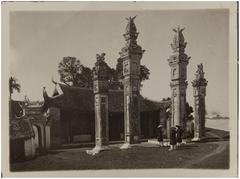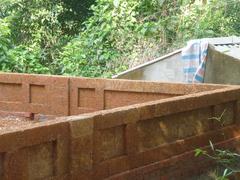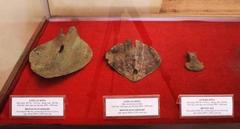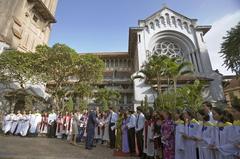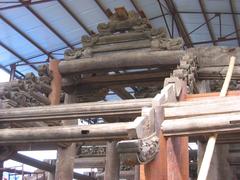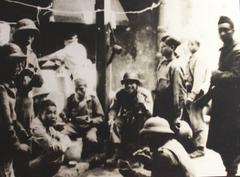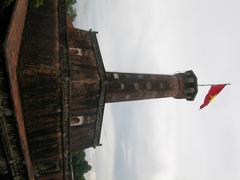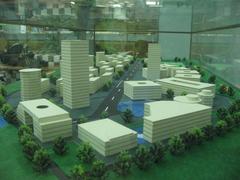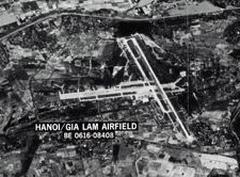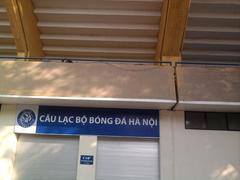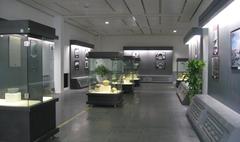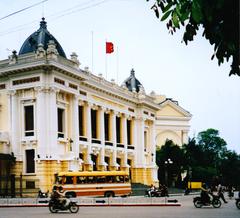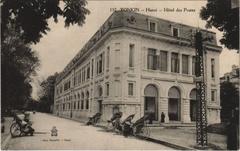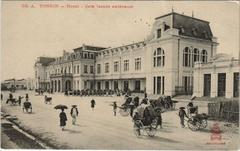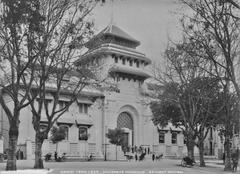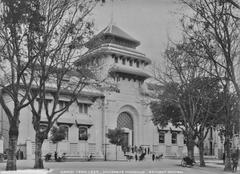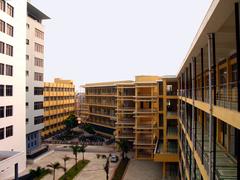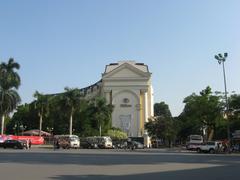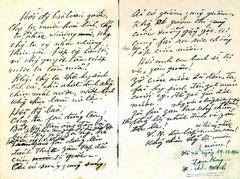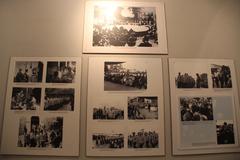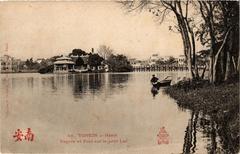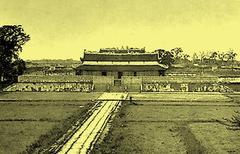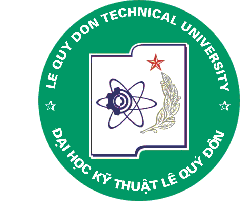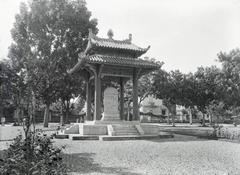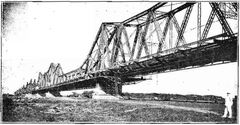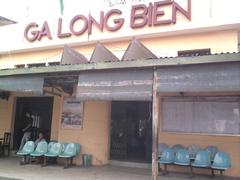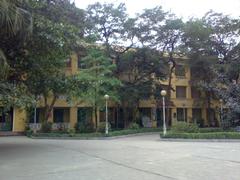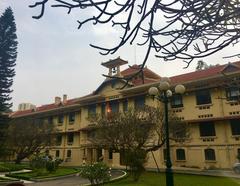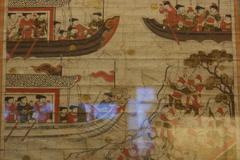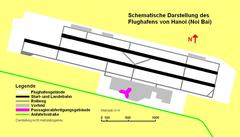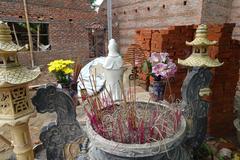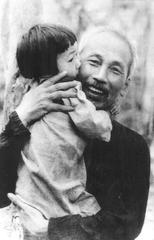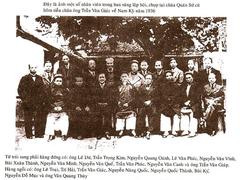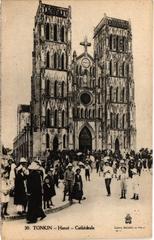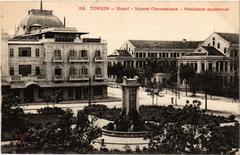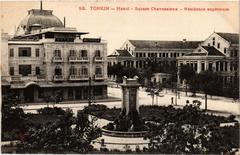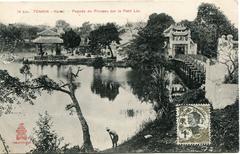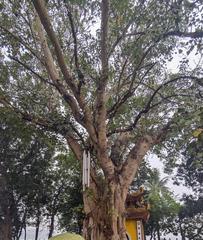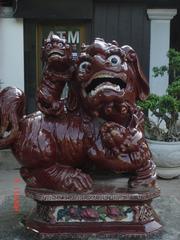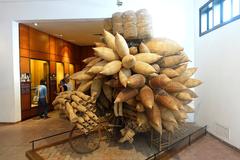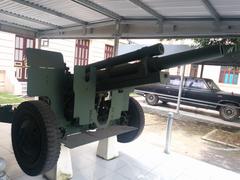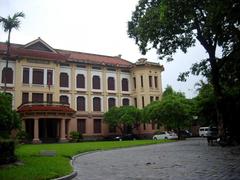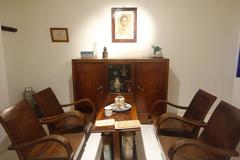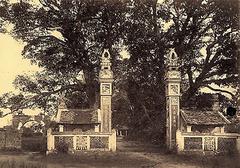Dong Mo Reservoir: Visiting Hours, Tickets, and Comprehensive Travel Guide for Hanoi’s Historical Sites
Date: 15/06/2025
Introduction
Nestled approximately 40–50 kilometers west of Hanoi, Dong Mo Reservoir (Hồ Đồng Mô) is a captivating destination that blends natural beauty, historical depth, and vibrant cultural traditions. This man-made reservoir not only serves as Hanoi’s largest irrigation source but is also steeped in archaeological significance, local folklore, and an array of recreational opportunities. From ancient artifacts to modern engineering feats, Dong Mo stands as a testament to the region’s evolving civilizations and ongoing conservation efforts (Guide to Hanoi; Vietnam Discovery).
This detailed guide provides everything you need to know about Dong Mo Reservoir, including its history, visitor information, ticketing, nearby attractions, and practical tips for a memorable trip.
Table of Contents
- Ancient Origins and Archaeological Heritage
- Mythology and Folklore
- Historical Significance in Regional Development
- Modern Transformation: Engineering and Conservation
- Visiting Hours, Tickets, and Travel Tips
- Cultural Landscape and Community Life
- Dong Mo within Son Tay’s Heritage
- Environmental and Climatic Context
- Activities and Attractions
- Accommodation and Facilities
- Practical Visitor Tips
- Accessibility and Getting There
- Frequently Asked Questions (FAQs)
- Visual Highlights
- Related Articles and Resources
- Conclusion & Call to Action
Ancient Origins and Archaeological Heritage
Dong Mo’s landscape bears evidence of human habitation dating back 4,000–5,000 years. Archaeological digs in the region have uncovered stone tools and ceramics attributed to the Son Vi Culture, one of Vietnam’s earliest prehistoric communities. These findings, alongside porcelain relics from the 12th to 16th centuries, highlight continuous settlement from the Paleolithic through the feudal dynasties (Guide to Hanoi). The area thus stands as a living archive of the region’s evolutionary timeline and development.
Mythology and Folklore
According to Vietnamese legend, Dong Mo was shaped during the mythical battle between Son Tinh (Mountain God) and Thuy Tinh (Water God). This folklore, which explains the region’s annual floods, imbues the reservoir with spiritual significance and enriches the visitor experience (Guide to Hanoi).
Historical Significance in Regional Development
The reservoir is closely linked to Son Tay, a town with over five centuries of recorded history. Once an important administrative and military hub, Son Tay’s legacy includes key sites such as the Cam Khe base, associated with the Hai Ba Trung uprising—an emblem of Vietnam’s resistance against foreign occupation (Trip Worldwide). The construction of Dong Mo Reservoir between 1969 and 1974 further cemented its role in supporting local agriculture and socio-economic development.
Modern Transformation: Engineering and Conservation
Dong Mo Reservoir was created to irrigate over 12,000 hectares of farmland, fundamentally altering the landscape from a network of meandering streams to a vast artificial lake covering approximately 1,400 hectares (Guide to Hanoi). The transformation also initiated robust conservation initiatives, protecting a diverse ecosystem that includes 21 forested islands and the critically endangered Hoan Kiem turtle (Yangtze giant softshell turtle) (New Yorker).
Visiting Hours, Tickets, and Travel Tips
- Opening Hours: Daily, 7:00 AM to 6:00 PM.
- Entry Fee: General access is free, but some attractions (e.g., Ethnic Culture and Tourism Village) require a separate ticket, typically VND 50,000–100,000 (Vietnam Discovery).
- Activity Fees: Boating, camping, and golf incur additional costs (e.g., VND 80,000 entry, VND 250,000+ for camping, variable golf fees).
- Travel: About 1–1.5 hours from Hanoi by car or motorbike via Highway 32. Guided tours are available.
- Best Seasons: Spring (March–May) and autumn (September–November) for pleasant weather.
- Travel Essentials: Comfortable footwear, sun protection, water, and rain gear during wet season.
Cultural Landscape and Community Life
Dong Mo serves as both a recreational hub and a cultural showcase. Its islands, such as Phuong Dong Mo, are blanketed in lush forests and fruit trees (Travel Viet). The nearby Vietnam Ethnic Culture and Tourism Village allows visitors to experience the traditions of Vietnam’s 54 ethnic groups through architecture, festivals, crafts, and performances (Trip Worldwide).
Dong Mo within Son Tay’s Heritage
Son Tay town is renowned for its ancient citadel, Duong Lam Ancient Village, Mia Pagoda, and vibrant culinary scene, including Phu Nhi rice cake and Mia Duong Lam chicken. These sites are easily accessible from Dong Mo and offer a richer, more immersive cultural experience (Trip Worldwide).
Environmental and Climatic Context
The reservoir is surrounded by semi-mountainous terrain, low-lying hills, and the imposing Ba Vi Mountain, resulting in a distinct microclimate with over 1,800 hours of sunshine annually. Dong Mo experiences four seasons—hot, humid summers and cool, dry winters. This climate supports both agriculture and year-round tourism (Trip Worldwide).
Activities and Attractions
Nature & Recreation
- Boating & Kayaking: Explore the reservoir’s islands and tranquil waters.
- Fishing: Designated zones available for freshwater angling.
- Cycling & Nature Walks: Scenic routes around the lake and through the countryside.
- Birdwatching & Wildlife: Spot diverse birdlife and learn about turtle conservation (New Yorker).
Kings’ Island Golf Club
- Courses: 36 holes, including the Lakeside and Mountain View courses with panoramic views.
- Facilities: Clubhouse, pro shop, driving range, and restaurant (VietnamTourism.org.vn).
Camping & Picnics
- Camping Areas: Lakeside tent sites with rentals and BBQ pits.
- Group Events: Team-building, outdoor games, and cultural festivals.
Nearby Cultural Highlights
- Vietnam Ethnic Culture Village: Learn about ethnic diversity (VietnamTourism.org.vn).
- Ba Vi National Park: Hiking, waterfalls, and mountain views.
- Hanoi Historical Sites: Old Quarter, Hoan Kiem Lake, Temple of Literature.
Accommodation and Facilities
- Dong Mo Resort: Lakeside villas and hotel rooms with modern amenities (VietnamTourism.org.vn).
- Camping: Designated areas with tent rentals.
- Dining: On-site restaurants offer local specialties and international cuisine.
- Facilities: Restrooms, parking, playgrounds, and Wi-Fi at main venues.
Practical Visitor Tips
- Book accommodations and golf tee times in advance—especially during weekends and holidays.
- Bring cash for entry, rentals, and local purchases—ATM access is limited.
- Observe conservation guidelines: No fishing or disturbance in marked wildlife zones.
- Pack sun protection, lightweight clothing, and rain gear as appropriate.
- Respect local customs in cultural and religious sites.
Accessibility and Getting There
- Location: Dong Mo Commune, Son Tay Town (36–40 km from central Hanoi) (Vietnam Discovery).
- Transport: Car, taxi, bus, or organized tour. Shuttle and boat transfers available within the resort area.
- Mobility: Main paths and facilities are accessible, but islets and some trails may present challenges for those with limited mobility.
Frequently Asked Questions (FAQs)
- What are the opening hours?
Daily, 7:00 AM–6:00 PM; golf course may operate longer hours. - Is there an entrance fee?
General access is free or VND 80,000 as of 2025; some activities cost extra. - How do I get there from Hanoi?
About 1–1.5 hours by car or motorbike via Highway 32; tours available. - Are camping facilities available?
Yes, with tent rentals and amenities. - Is Dong Mo suitable for families and disabled visitors?
Yes, with family-friendly zones and partial accessibility. - Can I see the rare turtle?
Sightings are unlikely, but information is available at conservation centers (New Yorker).
Visual Highlights
- Scenic islands and Ba Vi Mountain views (alt: “Scenic view of Dong Mo Reservoir with Ba Vi Mountain”)
- Kings’ Island Golf Course and boating activities (alt: “Golf course at Dong Mo Reservoir”; “Kayaking on Dong Mo Lake”)
- Dong Mo Resort and camping areas (alt: “Dong Mo Resort lakeside villas”; “Camping at Dong Mo”)
- Interactive map: Dong Mo Reservoir and nearby attractions
Related Articles and Resources
Conclusion & Call to Action
Dong Mo Reservoir is a unique convergence of ancient culture, natural beauty, and modern leisure, making it an ideal getaway just outside Hanoi. Whether you’re seeking adventure, tranquility, or cultural discovery, Dong Mo offers an enriching experience for all ages.
Plan your visit today:
- Download the Audiala app for guided tours, audio storytelling, and travel tips.
- Follow us on social media for the latest updates and exclusive offers on Vietnam travel.
By visiting responsibly, you help preserve a vital piece of Vietnam’s heritage and biodiversity for future generations.
Sources and Further Reading
- Guide to Hanoi, 2025, Various Authors (https://guidetohanoi.com/see-and-do/nature-and-parks/dong-mo-lake/)
- Trip Worldwide, 2025, Travel Information (https://tripwordwide.com/son-tay-town/)
- VietnamTourism.org.vn, 2025, Official Tourism Guide (https://www.vietnamtourism.org.vn/travel-guide/destination-in-vietnam/dong-mo-tourist-attraction.html)
- Vietnam Discovery, 2025, Activity and Visitor Information (https://vietnamdiscovery.com/hanoi/activities/dong-mo-tourist-area/)
- New Yorker, 2025, Conservation Article (https://www.newyorker.com/science/elements/chasing-the-worlds-rarest-turtle)
- Medium, 2025, Travel and Biking Tours (https://medium.com/@vietnamislandss/dong-mo-tourist-area-an-ideal-place-for-tourists-in-hanoi-biking-tours-fbf5094c4a47)


